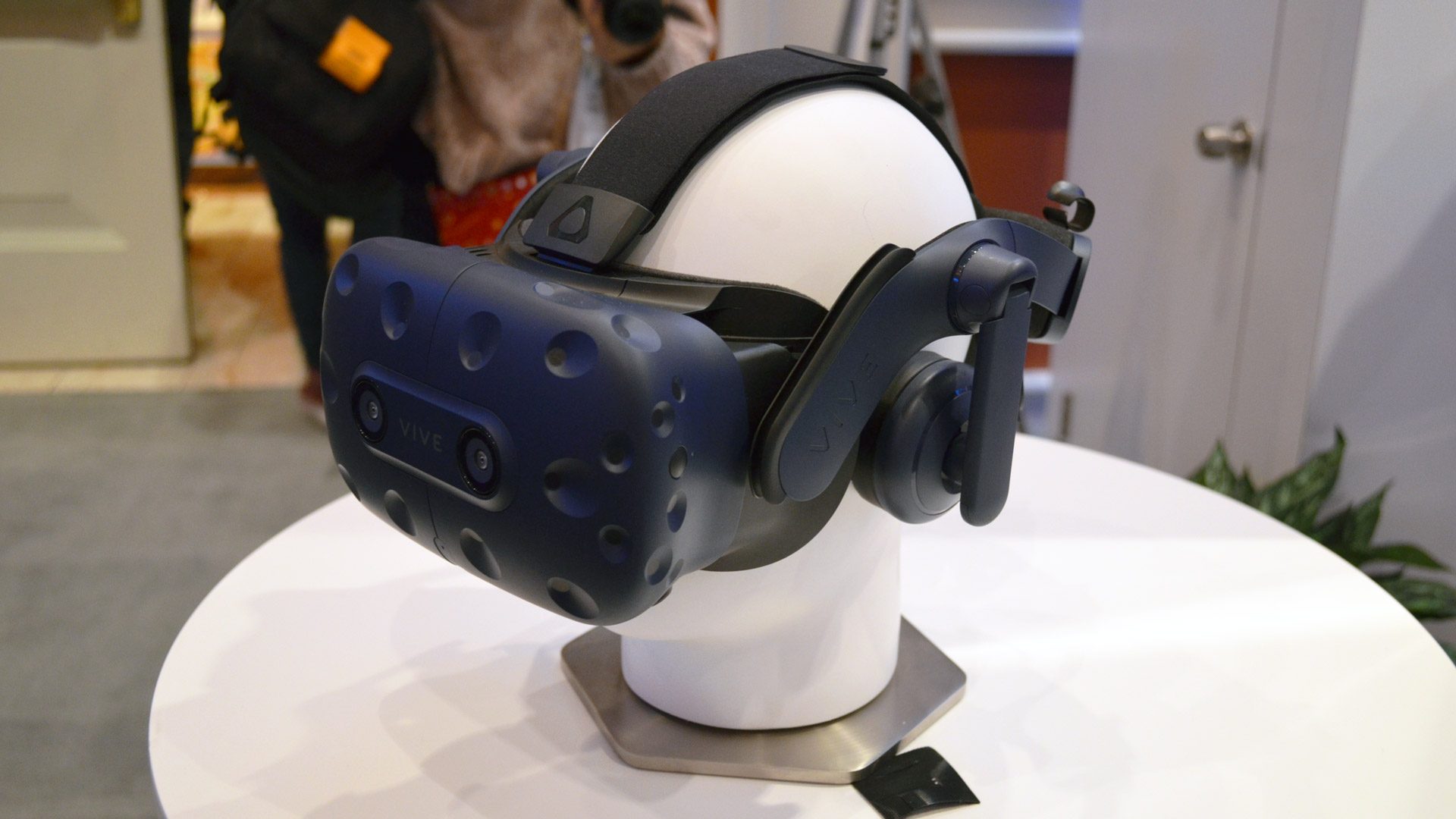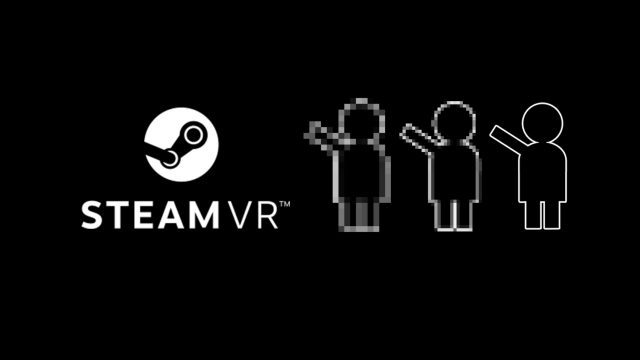Valve today released an update to SteamVR Beta that introduces a new system that automatically adjusts the VR game’s resolution in accordance with your GPU’s rendering ability. Presented by Valve Graphics Programmer Alex Vlachos in an official announcement, the auto-resolution tuner is, according to Vlachos, designed to squeeze the best possible visual experience out your GPU, lower the cost of VR, and also make developers’ lives a little bit easier.
For users opted into the beta branch, SteamVR Beta now measures the speed of your GPU and tells applications to render at an appropriate resolution based on its power. The update effects all SteamVR-compatible headsets including Vive, Vive Pro, Oculus Rift, and all Windows “Mixed Reality” VR headsets, and doesn’t interfere with reprojection techniques and will also work “with all future rendering improvements to SteamVR.”
For users with higher-spec GPUs, this effectively means SteamVR will automatically engage supersampling depending on how fast your GPU is. Vlachos explains that users with less-capable GPUs unable to to render at their headset’s native resolution will also see images “rendered at a slightly lower resolution that is more appropriate for the speed of their GPU.” Application resolution will never be automatically set lower than the Vive or Rift’s native resolution, he says, a 1080×1200 per display resolution.
The ability to manually edit the app’s resolution is still possible though, found in the ‘Video’ settings in SteamVR (ex-supersample settings).
As for newer headsets with higher display resolutions such as Vive Pro or Samsung Odyssey, the automatic resolution tuner will in effect allow today’s recommended VR-capable GPUs to drive these graphically. According to Vlachos’ previous statement, it appears applications will ostensibly downsample to Rift/Vive’s 1080×1200 per display resolution to achieve this. This, at least, provides a stopgap until you buy a GPU that can render the headset’s higher native resolution.


“This is exactly what most PC games have done for decades for different resolution monitors and TVs,” Vlachos says. “We are now applying this same logic to the SteamVR runtime that will then set the resolution for all VR applications running through Steam on your system.”
Developers should also see some ease-of-use come from the new beta update, as devs won’t need to go through the time intensive process of updating their applications to accommodate for newer VR display resolutions.
“The same GPU attached to different headsets will render at the exact same application resolution regardless of which headset is attached,” Vlachos says. “And if a headset has a faster refresh rate than older headsets, the resolution will be scaled down based on the difference of refresh rates between headsets. Ultimately, we set the resolution based on how many “VR megapixels per second” we believe your GPU is safely capable of for the majority of applications available.”
Since the auto-resolution tuner is still in beta, you’ll have to opt in by navigating to ‘Tools’ in your Steam Library. Right click to bring up ‘Properties’, then select ‘beta’ from the dropdown in the ‘Betas’ tab. To opt out, simply return to the stable branch and all beta upgrades will be removed.

